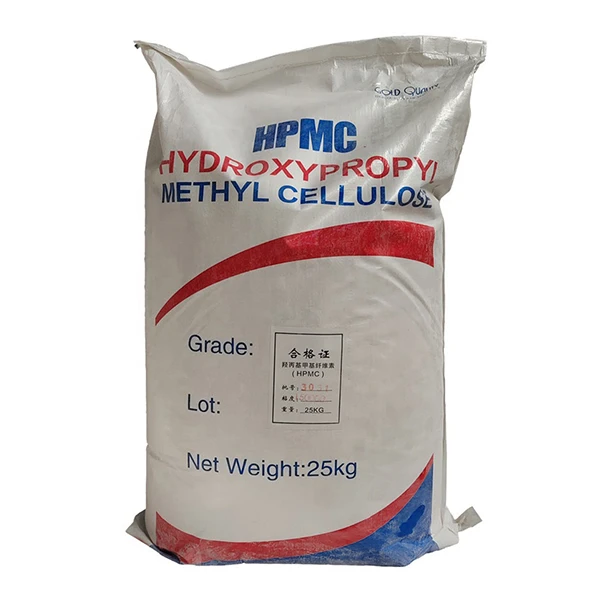The Role of Mortar with Hydroxypropyl Methylcellulose (HPMC) in Construction
In the modern construction industry, the choice of materials is crucial for ensuring the durability, strength, and performance of structures. One significant advancement in the formulation of mortar is the inclusion of Hydroxypropyl Methylcellulose (HPMC). This cellulose derivative has garnered attention for its unique properties, enhancing the performance of mortars in various applications.
HPMC is a water-soluble polymer that possesses excellent thickening, binding, and film-forming properties. When added to mortar, it significantly improves workability, allowing for smoother application and greater adhesion. This is particularly beneficial in scenarios where precision is paramount, such as tiling and plastering. The enhanced workability of HPMC-modified mortar makes it easier for contractors to achieve the desired finish, which can save both time and labor costs.
The Role of Mortar with Hydroxypropyl Methylcellulose (HPMC) in Construction
Furthermore, HPMC contributes to the flexibility of the mortar. This is essential in multi-story buildings or structures subjected to movement due to temperature fluctuations or settling. Mortars with HPMC are less likely to crack under stress, leading to longer-lasting results and reduced maintenance costs over time.
mortar hpmc

In terms of environmental impact, HPMC is a non-toxic and biodegradable material. This makes it an appealing choice for eco-friendly construction practices. Builders and architects looking to reduce their environmental footprint can benefit from integrating HPMC into their mortar formulations, contributing to green building certifications and sustainable construction efforts.
The applications of HPMC-enhanced mortar are widespread. It is commonly used in tile adhesion, plaster application, and thin-set mortars, among other uses. The versatility of HPMC allows it to be tailored for specific needs, whether in residential buildings, commercial spaces, or industrial facilities. With its ability to adapt to various project requirements, HPMC-modified mortar is becoming a staple in contemporary construction.
In conclusion, the inclusion of Hydroxypropyl Methylcellulose in mortar formulations represents a significant innovation in construction materials. By improving workability, enhancing water retention, providing flexibility, and supporting sustainable practices, HPMC has proven to be a valuable asset in the building industry. As the demand for high-performance materials continues to grow, HPMC will likely play an increasingly prominent role in shaping the future of construction.
Overall, embracing such advances will undoubtedly lead to improved quality and longevity in construction practices, illustrating the importance of research and development in material sciences.
-
The Application and Significance of Construction RdpNewsMay.19,2025
-
Industrial Grade HpmcNewsMay.19,2025
-
Building Coating Adhesive Building Coating Adhesive HpmcNewsMay.19,2025
-
Application Of Hpmc For Detergent For Detergent In DetergentsNewsMay.19,2025
-
Application Of Hpmc Cellulose In Cement-Based MaterialsNewsMay.19,2025
-
Application Of High Quality Hpmc For Construction In The Field Of ConstructionNewsMay.19,2025




